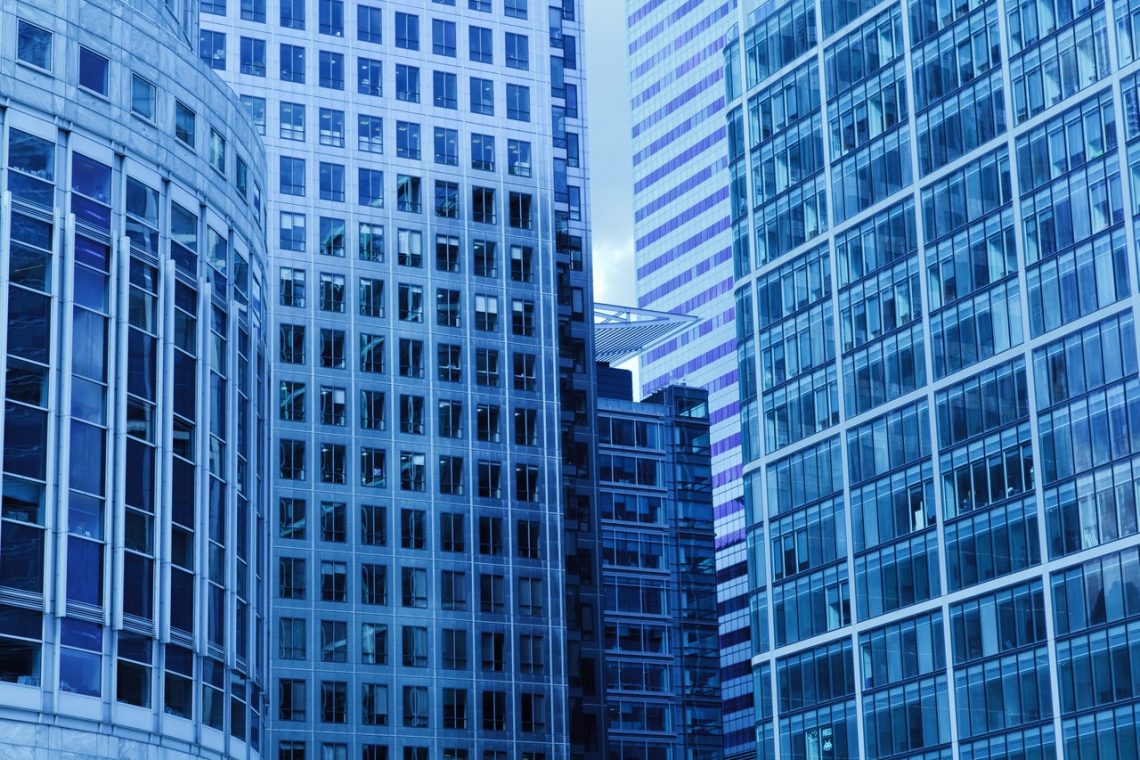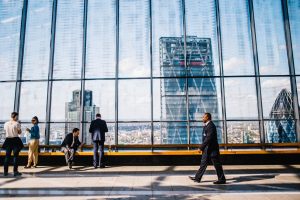
New restrictions placed on society as a result of COVID-19 have acted as a catalyst to rethink much of what we would otherwise take for granted. This idea extends to even the building and interior design industries. The world has had to adapt to this new lifestyle, as well as form a new idea of ‘normal’ during the COVID-19 pandemic. As the future looks extremely unpredictable, we can only examine trends and statistics to plan for the times ahead. The Coronavirus is predicted to impact on the way that we design our cities for the future. If there’s one strong message for those working within the commercial real estate industry, it’s that although we are all social beings at heart, the future of design will never be the same again. This isn’t necessarily a bad thing, it just means more room for creativity and new ideas to help the world adjust. Due to a lot of us working in isolation, most people seem to be longing for some company. We will always need offices, but the set up of them might be a lot different going forward.
Central Business Districts Re-evaluated
People working from home due to the rules put in place by governments worldwide have meant large office buildings and skyscrapers are being deserted, mainly in Central Business Districts. Now that work is being done remotely, there is considerable re-evaluation for such spacious and expensive office spaces. Remote working will cut costs, however, the absence of those offices could be detrimental to business. Long-term reallocation of building use in CBD’s could be on the cards.
Open offices were already on the decline before COVID-19. Architect David Dewane says, there is hope that workplace leaders will take the best of what they’ve learned from virtual working to help create office spaces that consider a balance of ‘isolated concentration and productive meaningful collaboration’. It is a very obvious prediction that public spaces will move towards automation to mitigate the risk of any virus spreading. All types of touchless technology will be implemented, such as voice-activated elevators, automatic doors, hands-free light switches, temperature controls, and so on. Both architecture and commercial interior design will see a huge shift.
A Different Sort of Public Space
How public spaces are designed will change in the post-pandemic world. This, along with how they are prioritised in urban areas will be the key differences. Demand for parks, promenades, and community centres will increase in order to strengthen our frayed community bonds. It is also important to think about how these spaces will be kept safe in times like the COVID-19 pandemic. Studio Precht revealed their park idea, which is designed to maintain social distancing whilst allowing people to remain outdoors. In the future, when emergencies occur, parks like this will continue to offer some sort of serenity in urban areas.
Modular Construction
The pandemic has highlighted the need to design and build quickly in emergencies. The health sector continues to be extremely overwhelmed and therefore the demand for more facilities such as hospitals, quarantine centres, testing sites, and so on, has never been so high. Given such demands and the need for these spaces, modular construction is predicted to be increasingly popular. Modular construction is the process by which buildings are assembled through prefabricated modules. Such building techniques are rather fast and flexible, and less wasteful than traditional building too. This is how China built a whole hospital in ten days when the Coronavirus first hit. The quick and flexible nature of this means of construction allows companies to meet medical demands in the event of any emergencies in the near future. The nature of modular construction could have far-reaching influences, even outside of the medical industry.
New innovative features
Certain features that are already standard in healthcare may find their way into other public spaces. This can include reducing the number of flat surfaces where germs can spread, or installation of large air vents which allow for removing potentially contaminated air from any given area. Public events and services such as libraries, museums and any exhibition showcase events will likely incorporate these ideas. The importance of storage will also surge, as people seek more ways to cleverly conceal personal items in offices. There will be an increased importance placed upon hygiene stations. Furthermore, following the effects of COVID-19 on the environment, sustainable design is also on the rise. During the pandemic, when work stopped, the natural world quickly received a break from the constant stream of pollution we create. Some Chinese cities saw blue skies for the first time in decades. Commercial designers are now incorporating projects into their architecture, including poly rainwater tanks.
The Architecture of Our Own Homes
For cautionary measures, many businesses may choose to keep employees working from the comfort of their own homes. This will mean that decorators and designers will have a significant focus on the design of study spaces and home offices. As we continue to spend more time in our homes, we will grow to appreciate ways that we can relax through thoughtful design structures and added technology. The need to be more sustainable and innovative has meant treating our homes with more respect. This may involve investing in solar panels, or even purchasing plastic water tanks. People are valuing functionality more than ever before. Previously under-utilised spaces are now being used in multiple ways. Spare bedrooms being turned into temporary offices, living rooms or home gym spaces for physical activity. As we are currently unable to enlist the services of interior design firms, it seems that everyone is trying to make the most of the space they’re confined to through DIY projects.
Whilst social distancing is necessary at the moment, we will soon come out of this crisis stronger than ever. The events of COVID-19 have allowed us to learn and grow, so we will be better equipped to deal with similar events in the future. This experience has illustrated that it is a small world and we are all very connected. Many industries will change, including the construction and design sectors. Soon enough, we will have the opportunity to attend architectural design exhibitions and admire exhibition walls full of beautiful art. We all just have to hang in there a little longer.

